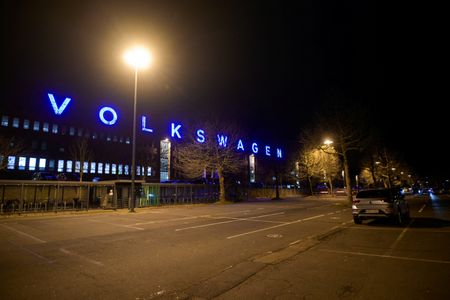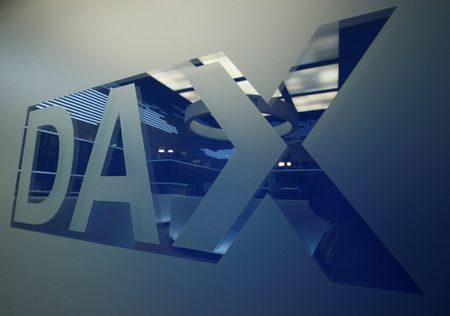By Nora Buli
OSLO (Reuters) – The Nordic power market will on Tuesday switch the method for setting day-ahead prices, aiming to boost grid efficiency, improve renewable energy integration and even out electricity costs across the region, market operators said.
The market consists of 12 bidding zones, five in Norway, four in Sweden, two in Denmark and one in Finland, that are interconnect via electricity transmission lines.
The available grid capacity together with bids and offers from buyers and producers, form the price for next-day electricity supply, which is set daily at 1145 GMT.
The four Nordic transmission system operators (TSOs), Svenska kraftnat, Statnett, Energinet and Fingrid traditionally calculated how much power can be moved between adjoining zones, but have long planned a switch.
The new system takes a broader view of transit flows across the Nordics and even Europe, Erik Ek, head of operations at Swedish TSO Svenska kraftnat, told Reuters.
Called flow-based market coupling, this system has been used in continental Europe for several years, and test runs in the Nordics showed power flows from north to south could increase more than 10%, Ek added.
Most new Nordic production in recent years came from volatile wind output built in sparsely populated northern parts, while demand is mostly in the south.
Higher power flows should see prices converge, rising in the north and falling in the south, but there are also cost savings, according to Ek.
“If you can use the grid more efficiently, you do not have to build as much grid,” he said.
For traders, the new methodology offers more opportunities, Ek added.
“It will be exciting to observe the capacities we achieve for both the day-ahead and intraday (markets), as well as the extent to which bidding behaviour changes,” said Tom Darell, CEO of Nord Pool, the region’s dominant physical market place.
(Reporting by Nora Buli, editing by Terje Solsvik)










